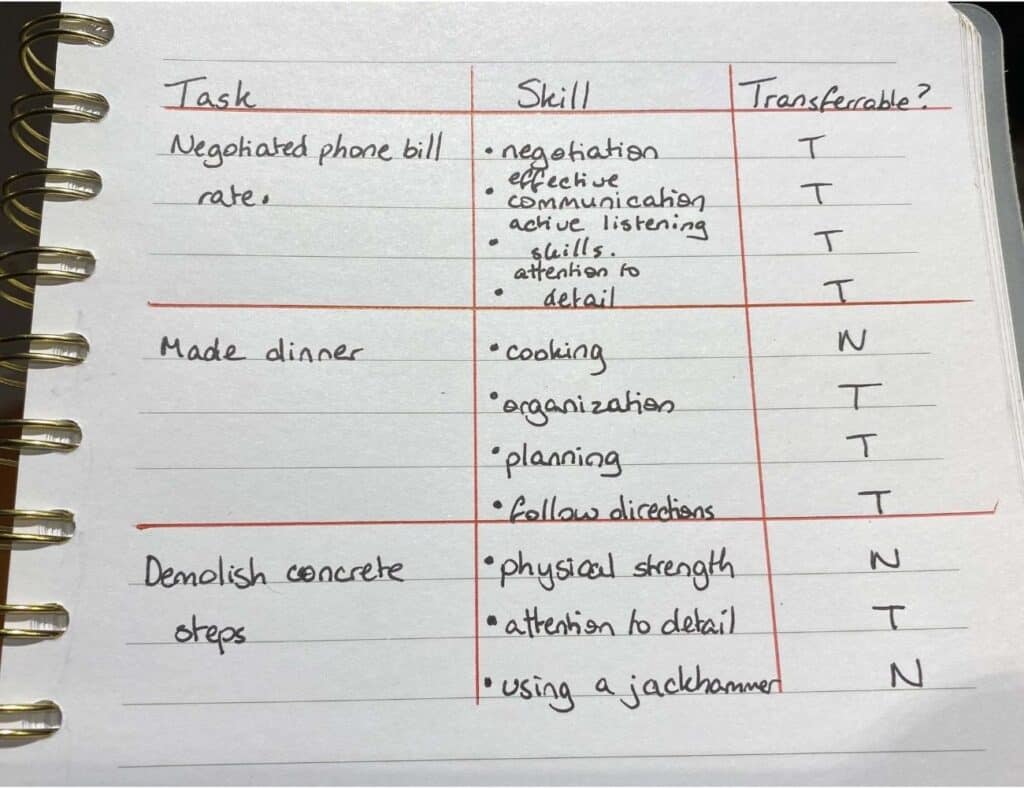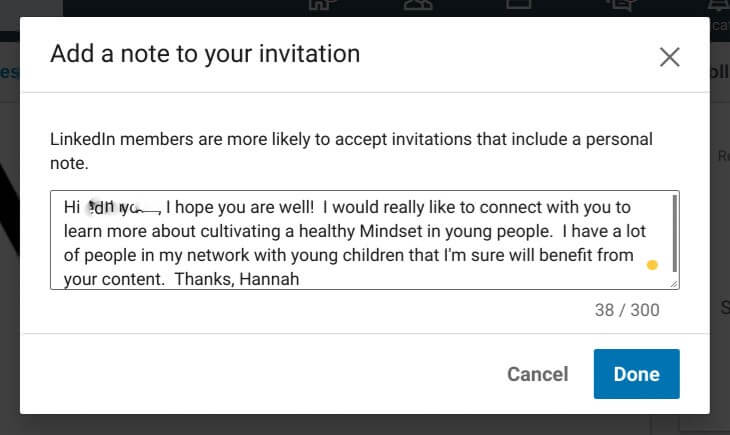5 things you can do in the next 5 minutes to get back on track

“I’ve been applying to hundreds of job postings but making no progress. I’m really frustrated.”
“The job market is so bad at the moment, I’m worried that I will never find a job.”
“I don’t want to work in this field anymore, but I have no idea what I should do instead.”
Does this sound familiar? Well, you’re not alone. I hear these complaints from my clients.
All. The. Time.
Making career choices can feel like a frustrating and anxiety-producing battle at the best of times. When you add a pandemic, it can feel like drowning.
The good news is, you can’t be certain about your future
The pressure to “know” what to do next with your career is overwhelming. We are taught to have an answer to “what do you want to do when you grow up?” from the age of 5. But careers are long (50+ years if you are a millennial). And “knowing” implies certainty and stability. It suggests that there is one concrete and defined occupation for you forever.
Your career is not stable and concrete because you are neither stable nor concrete. Your interests, passions, and values grow and develop throughout your life. So stop looking for the one perfect career for you!
You create an amazing career 5 minutes at a time
Instead of focusing on your whole career and trying to make all the choices all at once, focus on one thing at a time. Break it down to “the next right thing” (Frozen 2 fans… anyone?).
Great careers are the results of good choices and hard work for a sustained period of time. You can’t make the choice to have a great career only once. You need to make the decision daily and take action.
There is no autopilot on the trip to career excellence.
Have you got 5 minutes? Here is what you can do
Introducing the Snowball Technique — It works to get you taking action, building confidence, and worrying a whole lot less.
How it works:
- Complete simple tasks (examples below) to remove the mental blocks limiting your career progression.
- Each task can be completed 5 minutes at a time. You should not be overthinking them.
- Activities will build on the things that you have previously completed (building momentum like a snowball picking up snow rolling down a hill).
- Each action becomes easier, and the paralysis begins to disappear.
Are you ready? Here are some 5-minute tasks:
1. Make a list of your transferable skills
Whether you are seeking a career change or you are just starting, you have skills that you have developed through your life up to this point — trust me. Start by thinking about your current responsibilities (whether you are working or not). Make a list of your every-day tasks (even doing the laundry) and think about what skills are required to complete them.
I find that the easiest way to do this is in a chart. Since I’m a pen and paper girl, you can find my list below. In the first column, write 10+ tasks that you completed today. In the next column, write down the skills that you used to complete it. In the final column, write down a “T” for transferrable or an “N” for non-transferrable. You will find very quickly that you develop a list of skills to transfer to your new career.

2. Reflect on your current responsibilities
According to a podcast by Dan Cockerell (leadership and corporate culture expert), 30% of your responsibilities at work will not be things that you enjoy or are particularly good at. This is normal. But instead of focusing on the bad, think about which tasks are working in your strengths and passions.
Armed with this information, you can begin to align your day-to-day work with your interests or strengths. Here’s how:
- Ask to be involved in new initiatives that will work toward your future goals.
- Take ownership of your day-to-day responsibilities and tell your manager what you want to be doing!
- Outsource tasks that are better completed by other people.
Stop trying to do everything yourself. You can’t be good at it all, no matter how hard you try.
3. Reach out to 5 people in your professional network
Send a quick LinkedIn message to 3 people you have worked with in the past. Your network of acquaintances is the most powerful asset you have when finding a new position. If you are a new graduate, your network should have your past professors, peers, volunteering supervisors, and managers at your part-time job. If you are a few jobs into your career, your network should include the people that you have enjoyed working with, individuals that you have met at networking events, and people that are several years ahead of you in careers that interest you. You are probably underestimating the impact of small gestures (I know I often do)! Send your contacts a quick, direct message, comment on their posts, or tag them in something you think they will find interesting.
This leaves time to connect with 2 more people. These are the new contacts that you are going to add to your network.
Search for:
- people who are working at companies that you are interested in
- people who have roles that are of interest to you
- people in your field that your network engages with through liking their content/posts.
When you have found two, send them a personalized connection request. Let them know why you would like to connect what value you may be able to add to them by being part of their network. When they connect — follow up with a quick thank you note. And don’t forget to add them to your list of connections to touch base with periodically.
Here’s a sample template (in this one, I’m adding value by planning to share their content with my friends and generate leads):

4. Contact a recruiter
I will be the first to admit. There are some great recruiters and some crappy ones. You will need to connect with both to determine the good from the bad. But great recruiters will be able to share some insight for you into the local hiring market, your specific industry and will be able to help direct the next step in your career if you are not sure of where to go next. Using my recruiting knowledge, I was recently able to help someone get a $17,500 salary increase (I know, right?!) at a new job by aligning their interests with the type of job in the tech industry that was right for them. Although I didn’t find the specific position myself, by spending some time on the phone with me, they could get a tonne of insight into where to direct their career. The 5-minute task of connecting with me paid her dividends in the long run.
Not every recruiter will have the bandwidth to chat extensively with you. And I can’t help unless you live in Edmonton and work in technology (but feel free to add me on LinkedIn referencing this piece). But great recruiters are worth having in your network.
5. Get out of your current environment
If you feel overwhelmed by thinking about your career (or your future), pack up your things, grab a notebook, and leave your current environment. Yes, you heard me correctly. Get out!
Change your scenery from the desk in your home office to the table at a local coffee shop. Go for a quick walk. But whatever you do, do not keep sitting there freaking out about having to make career choices. Disrupt your anxiety and open up your creativity by changing scenes. A fresh location will help you discover a fresh perspective on your career path.
One more exercise (for when you have 10 minutes)
This exercise takes a little more than 5 minutes but is great at simplifying your mindset around your career — Warren Buffet’s “Prioritization Plan.” It is simple, effective, and definitely easy to apply.
Here are the steps:
- Write down the 25 goals that you have for your career. If 25 seems like a lot, remember that these can be small goals (I want to mentor a peer) or really large (I want to be offered a CEO role). These are a snapshot of your current goals so don’t feel that you are glued to them for the rest of your life.
- Highlight your 5 highest priority goals. These are the ones that you would like to achieve soon or are especially important to you.
- Immediately start planning your next action steps for each of your 5 highlighted goals.
- Ignore your other 20 goals! I know what you are thinking… “but Hannah, I want those things too!” But humans only have the bandwidth to focus on a few things at a time, so scratch the rest of them for now and come back to them when your top 5 priorities are accomplished.
You Eat an Elephant One Bite at a Time
Careers (just like life) can not be perfectly predicted or pre-planned. You must manage your career on an ongoing basis by choosing your future every day and taking action 5 minutes at a time. Let the Snowball Technique work for you by taking small and consequential steps that will make a big impact in the long term.
After all, great careers are built one step at a time.

Thank you for the great information!